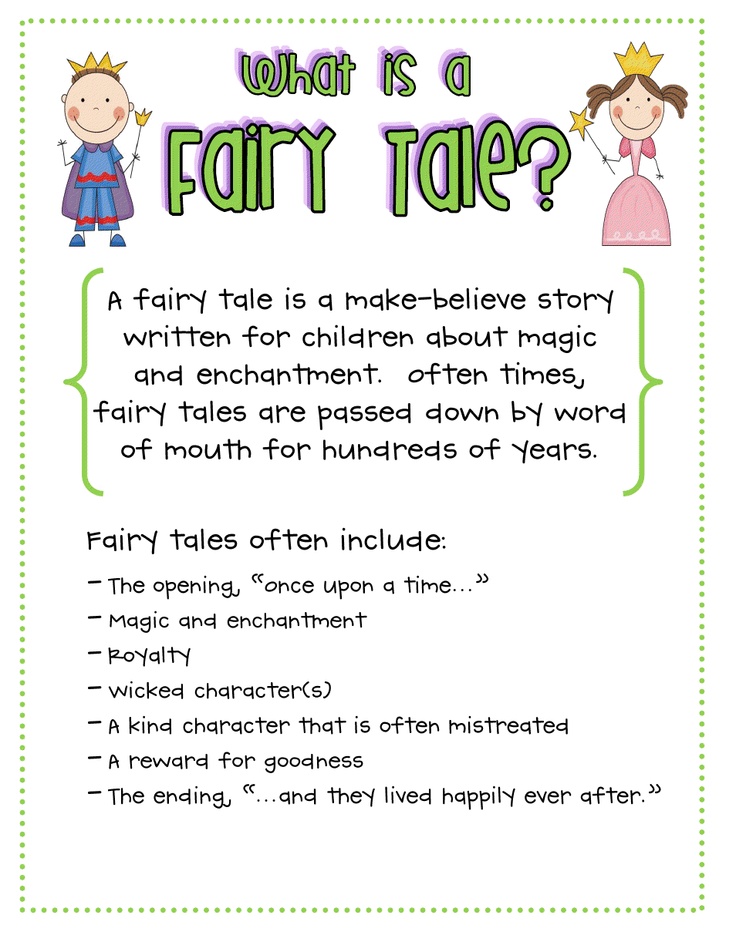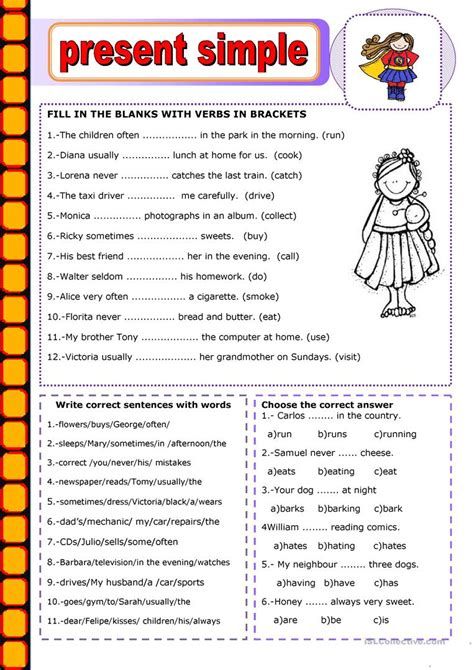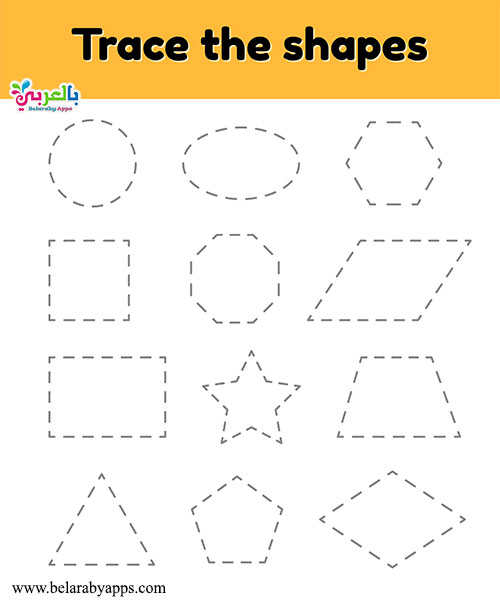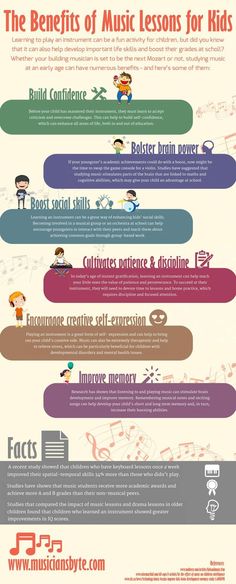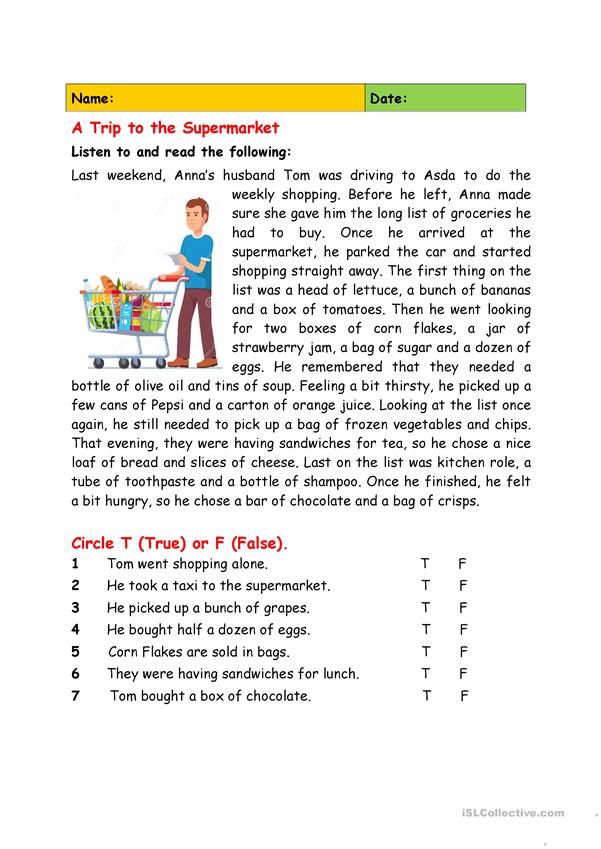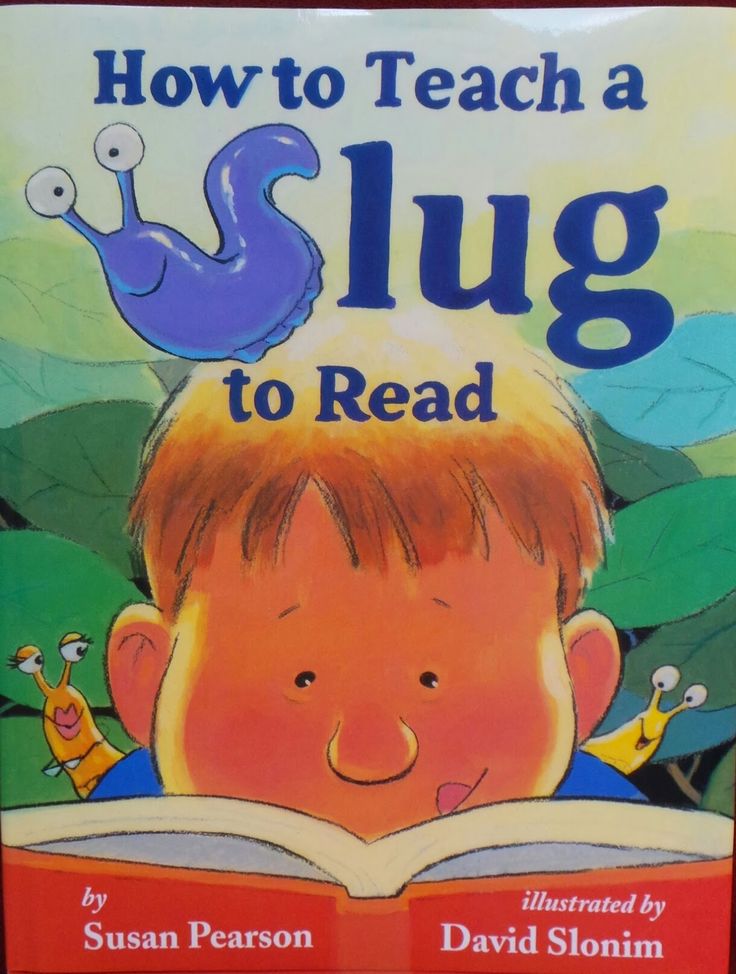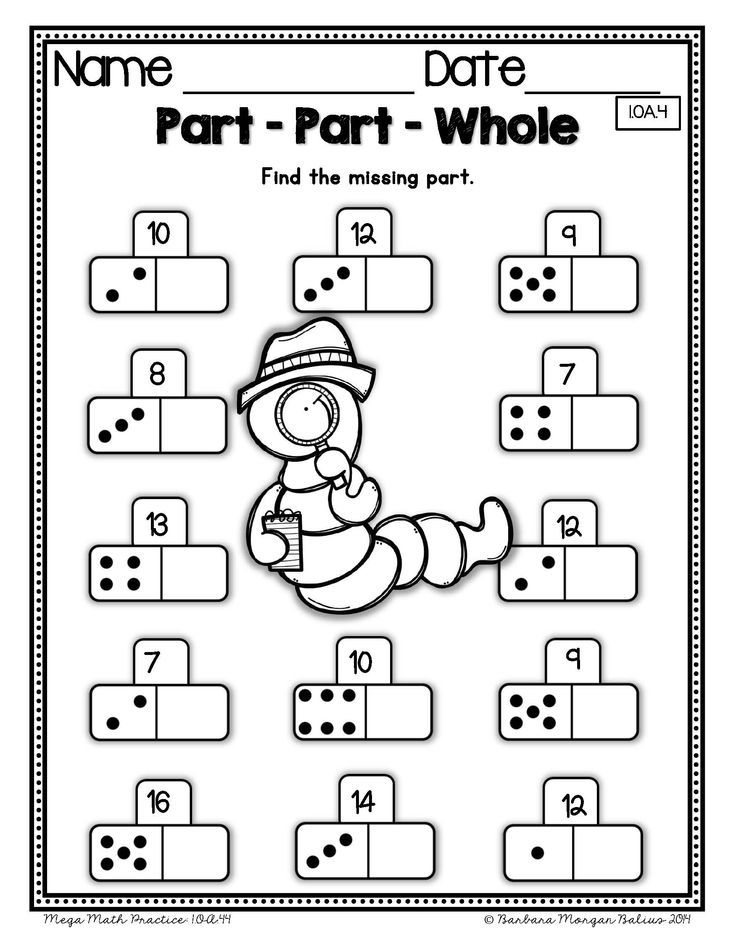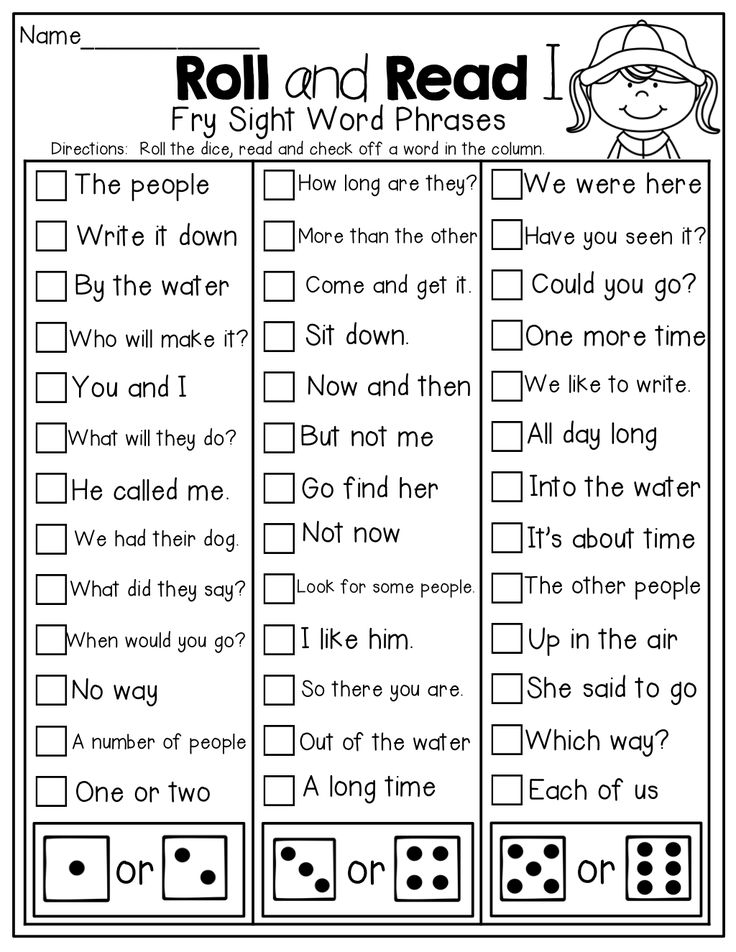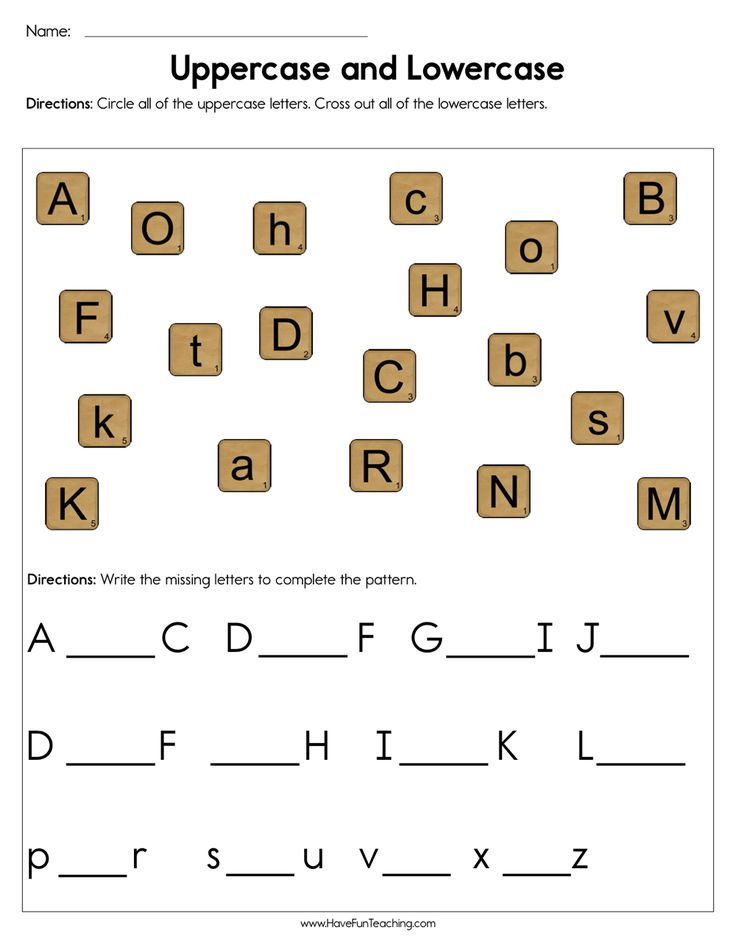Shared reading strategies
Shared Reading | Classroom Strategies
Shared Reading is an interactive reading experience that occurs when students join in or share the reading of a book or other text while guided and supported by a teacher. The teacher explicitly models the skills of proficient readers, including reading with fluency and expression. The shared reading model often uses oversized books (referred to as big books) with enlarged print and illustrations.
| When to use: | Before reading | During reading | After reading |
| How to use: | Individually | With small groups | Whole class setting |
More fluency strategies
Why use shared reading?
- It provides struggling readers with necessary support.
- Shared reading of predictable text can build sight word knowledge and reading fluency
- Allows students to enjoy materials that they may not be able to read on their own.
- Ensures that all students feel successful by providing support to the entire group.
How to use shared reading
- Introduce the story by discussing the title, cover, and author/illustrator. Ask the students to make predictions regarding what they think the story might be about.
- Read the story aloud to the students using appropriate inflection and tone. Pause and ask the students to make predictions. Ask brief questions to determine students' comprehension level.
- Conclude the reading by reserving time for reactions and comments. Ask questions about the story and relate the story to the students' similar experiences. Ask the children to retell the story in their own words.
- Re-read the story and/or allow time for independent reading.
- Conduct follow-up activities such as making crafts related to the story.
Chicka, Chicka, Boom, Boom: Shared Reading in Kindergarten
Give students with an opportunity to practice reading fluency and expression through a shared reading with the class. The teacher asks questions as she reads to help students stay engaged. See the lesson plan.
The teacher asks questions as she reads to help students stay engaged. See the lesson plan.
This video is published with permission from the Balanced Literacy Diet. See many more related how-to videos with lesson plans in the Reading Fluency and Expression section.
Collect resources
Language Arts
This site gives teachers some ideas for using shared reading with younger students and less skilled readers. See example >
Science
This site offers several examples of how activities related to learning about science topics can be centered around the shared reading strategy. Downloads of several different poems are provided. See example >
Social Studies
This site provides five examples of shared reading lessons based upon the book Map It! by Elspeth Leacock.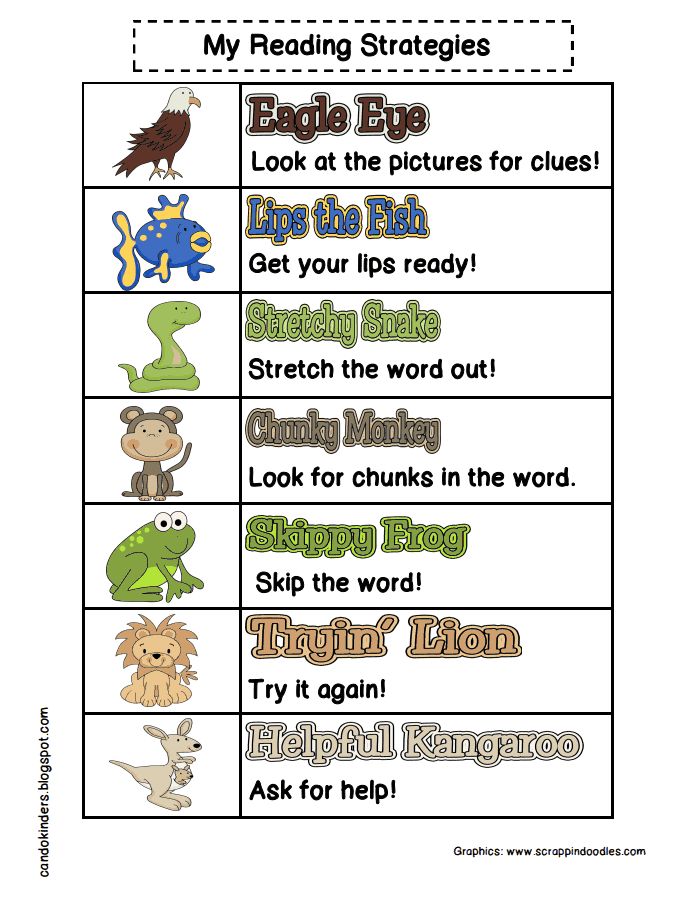 See example >
See example >
Shared Reading Booklists
Differentiated instruction
For second language learners, students of varying reading skill, and for younger learners
- Teachers may wish to have Spanish copies of the shared reading books.
- Books can be kept in an area accessible to students for independent and familiar rereading by students.
- Ask students to write their own similar story using the same theme or sentence/language pattern of the book that has been shared.
- Teachers can use sentence strips and have students can retell or build the story by putting the strips in order.
- Have students write their predictions based upon what would happen next if the story were to continue.
Related resources
See the research that supports this strategy
Fountas, I. C., & Pinnell, G. S. (1996). Guided Reading, Good First Teaching for All Children. Portsmouth, NH: Heinemann
Children's books to use with this strategy
Weather: Poems for All Seasons
By: Lee Bennett Hopkins
Genre: Poetry
Age Level: 6-9
Reading Level: Independent Reader
Easier to read poems focus on weather and seasons.
The Tree that Time Built: A Celebration of Nature, Science and Imagination
By: Mary Ann Hoberman
Genre: Poetry
Age Level: 6-9
Reading Level: Independent Reader
Clearly organized with lucid introductions to each section as well as for select poems, this handsome anthology includes a range of poems and poets for an evocative, informative, and often inspiring look at science and nature.
Honey I Love and Other Poems
By: Eloise Greenfield, Diane Dillon
Genre: Poetry, Fiction
Age Level: 6-9
Reading Level: Independent Reader
A collection of poetry conveys the joys of a young girl.
Emma's Yucky Brother
By: Jean Little, Jennifer Plecas
Genre: Fiction
Age Level: 6-9
Reading Level: Beginning Reader
Emma is thrilled that her family is adopting a 4-year old boy. She soon learns, though, that being an older sister isn’t what she thought it would be at all. Gradually, Emma and Max start to feel like siblings as each child begins to adapt to their family's new configuration. Expressive, simply drawn illustrations extend the smooth text.
Gradually, Emma and Max start to feel like siblings as each child begins to adapt to their family's new configuration. Expressive, simply drawn illustrations extend the smooth text.
Comments
What is Shared Reading?
*Effective reading instruction involves a combination of powerful instructional settings. This post is the next in our "What is...?" series, where we define each instructional context that makes up a coherent literacy system.
What is shared reading?
During shared reading, you and your students read aloud an enlarged version of an engaging text that provides opportunities for your students to expand their reading competencies. The goals of the first reading are to ensure that students enjoy the text and think about the meaning. After the first reading, students take part in multiple, subsequent readings to notice more about the text. They discuss the text, and you select teaching points based on their needs.
Why is shared reading important?
As an instructional context, shared reading:
- Provides enjoyable, successful experiences with print for all students
- Promotes the development of all aspects of the reading process
- Builds language skills and enhances vocabulary
- Provides opportunities to engage in expressive, meaningful, fluent reading
- Builds understanding of various types of texts, formats, and language structures
- Builds a community of readers
"Shared reading enables all children, regardless of their reading levels, to have enjoyable literacy opportunities every day." – Irene C. Fountas and Gay Su Pinnell
What does shared reading look like?
Students sit together as a whole group and, following your first reading, engage in an oral reading of a common text. They use their voices to interpret the meaning of a text as they read in unison with others. Alternatively, students are assigned parts to read.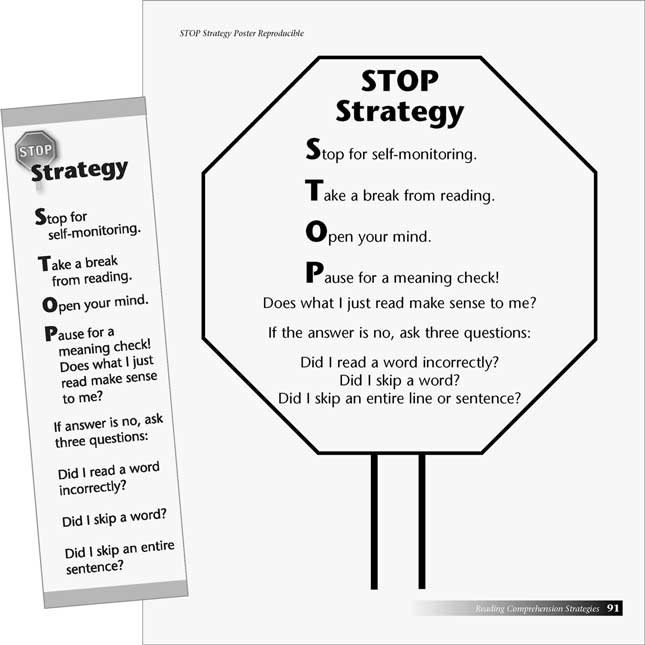
Structure of a shared reading lesson:
- Introduce the Text – Engage students' interest in the text with a few opening words.
- Model Reading of the Text – Read the text to students at a good pace with a focus on enjoyment and understanding. Have a brief discussion.
- Read the Text Together – Have students read the whole text or selected parts with you.
- Discuss the Text – Guide conversation about the meaning and language of the text, and invite students to share their thinking.
- Teaching Points – Select a specific part or parts of the text to revisit to make teaching points. This can be accomplished over a number of subsequent readings.
- Repeated Readings – Revisit the text again on subsequent days, making additional teaching points and supporting students in gaining independence in processing the text.
Shared reading is an enjoyable experience for your classroom community and an important opportunity for children to “step up together” into more challenging texts while also beginning to notice and acquire the processes they need to read texts independently.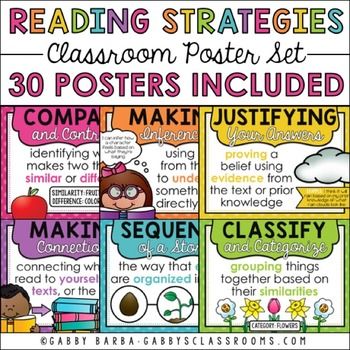
To learn more about the Fountas & Pinnell Classroom™ Shared Reading Collection, click the link below.
~The Fountas & Pinnell Literacy™ Team
Check out the entire "What is?" blog series:
- What is Guided Reading?
- What is Interactive Read-Aloud?
- What is Shared Reading?
- What are Reading Minilessons?
- What is Independent Reading?
- What are Book Clubs?
- What is Phonics, Spelling, and Word Study?
Topics: Fountas & Pinnell Classroom™, Shared Reading, Featured Posts, Home, What is Series
Techniques for teaching the strategy of semantic reading and working with text
1.
 Introduction
Introduction The global processes of informatization of society, the increase in the amount of textual information every year, the presentation of new requirements for its analysis, systematization and processing speed have put theorists and practitioners of education in front of the need development of new approaches to teaching reading.
Problems:
- children have low reading speed, as a result of which they spend a lot of time doing homework,
- they often do not understand the meaning of what they read due to reading errors and incorrect intonation,
- they cannot extract the necessary information from the proposed text, highlight the main thing in the read,
- they find it difficult to briefly retell the content,
- when performing independent work, tests of different levels, students make mistakes due to misunderstanding of the wording of the task,
- rarely refer to cognitive texts.
That is, a serious contradiction arises: on the one hand, the modern world brings down a huge amount of information on us, on the other hand, our children do not read much, do not have the skills of semantic reading, and do not know how to work with information.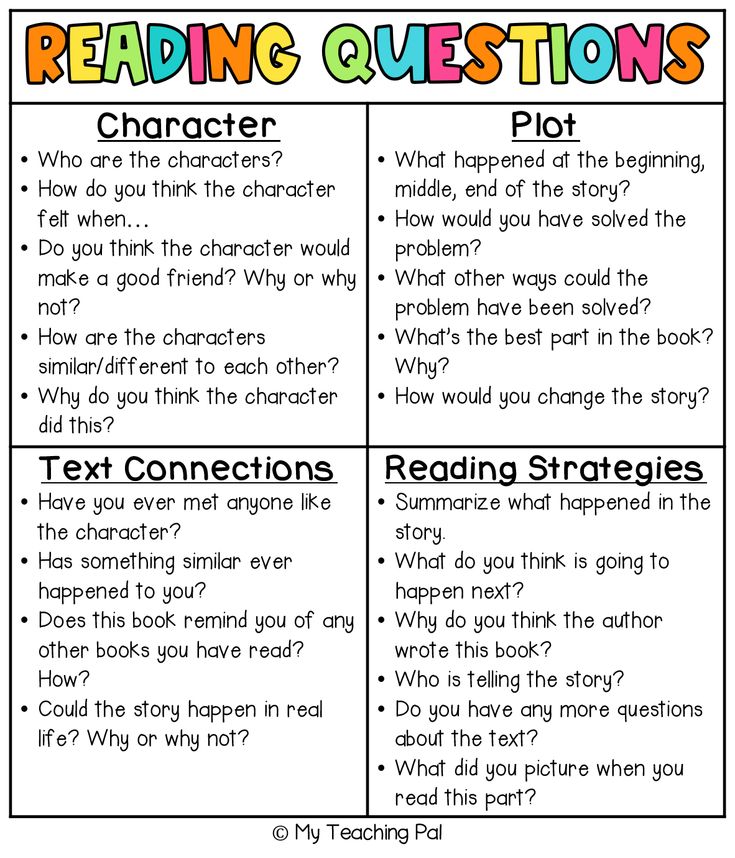
It is not so important to read a lot, it is much more necessary to process what you read in your mind in a quality manner. Having comprehended and structured the text in a certain way, it is much easier to convey its content and learn the main thing.
The current interdisciplinary curriculum, provided for by the new educational standards, is the program "Fundamentals of semantic reading and working with text." The program is aimed at forming and developing the foundations of reading competence necessary for students to implement their future plans, including continuing education and self-education, preparing for work and social activities. Today, reading, along with writing and computer skills, is one of the basic skills that allow you to work productively and communicate freely with different people. Reading is a universal skill: it is something taught and something through which one learns. As scientists have established, about 200 factors affect student performance.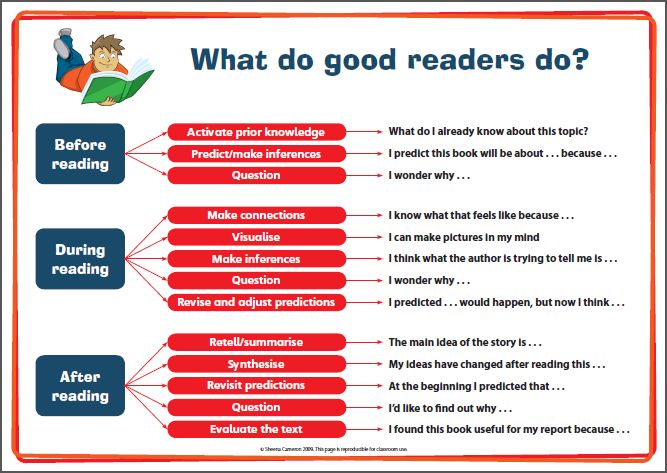 Factor #1 is reading skill, which has a far greater impact on academic performance than all of them combined. Research shows that in order to be competent in all subjects and later in life, a person needs to read 120-150 words per minute. This becomes a necessary condition for the success of working with information. Reading is the foundation of all educational outcomes.
Factor #1 is reading skill, which has a far greater impact on academic performance than all of them combined. Research shows that in order to be competent in all subjects and later in life, a person needs to read 120-150 words per minute. This becomes a necessary condition for the success of working with information. Reading is the foundation of all educational outcomes.
2. Semantic reading in the context of the new Federal State Educational Standards
Federal standards include in the meta-subject results of OOP mastering as a mandatory component "mastering the skills of semantic reading of texts of various styles and genres in accordance with the goals and objectives."
Semantic reading is a type of reading aimed at understanding the semantic content of the text by the reader. For semantic understanding, it is not enough just to read the text, it is necessary to evaluate the information, respond to the content.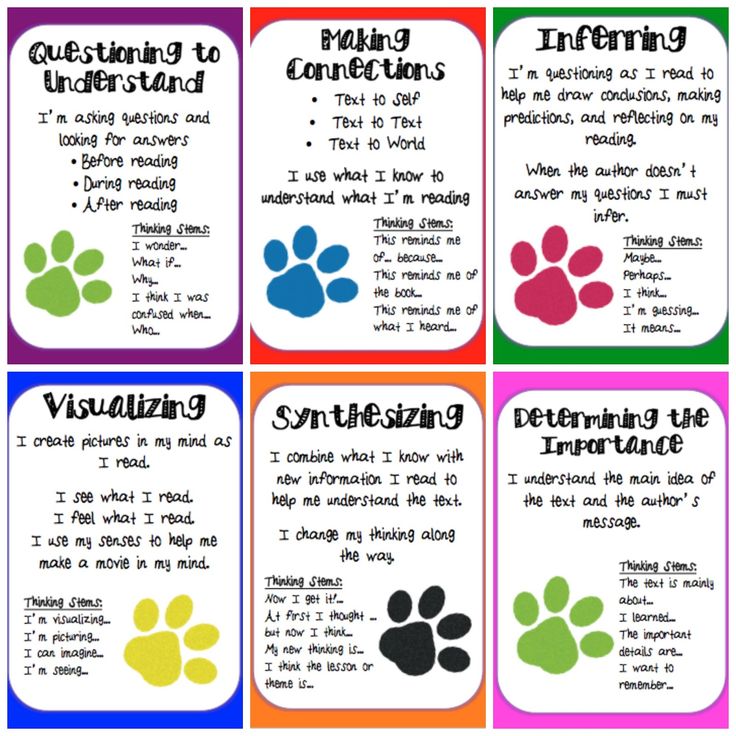
In the concept of universal educational activities (Asmolov A.G., Burmenskaya G.V., Volodarskaya I.A., etc.) actions of semantic reading associated with:
- understanding the purpose and choosing the type of reading depending on tasks;
- definition of primary and secondary information;
- by formulating the problem and the main idea of the text.
For semantic understanding, it is not enough just to read the text, it is necessary to evaluate the information, respond to the content. The concept of "text" should be interpreted broadly. It can include not only words, but also visual images in the form of diagrams, figures, maps, tables, graphs.
Since reading is a meta-subject skill, its constituent parts will be in the structure of all universal learning activities:
- personal UUD includes reading motivation, learning motives, attitude towards oneself and school;
- in the regulatory UUD - the student's acceptance of the learning task, arbitrary regulation of activity;
- in cognitive UUD - logical and abstract thinking, working memory, creative imagination, concentration, vocabulary volume.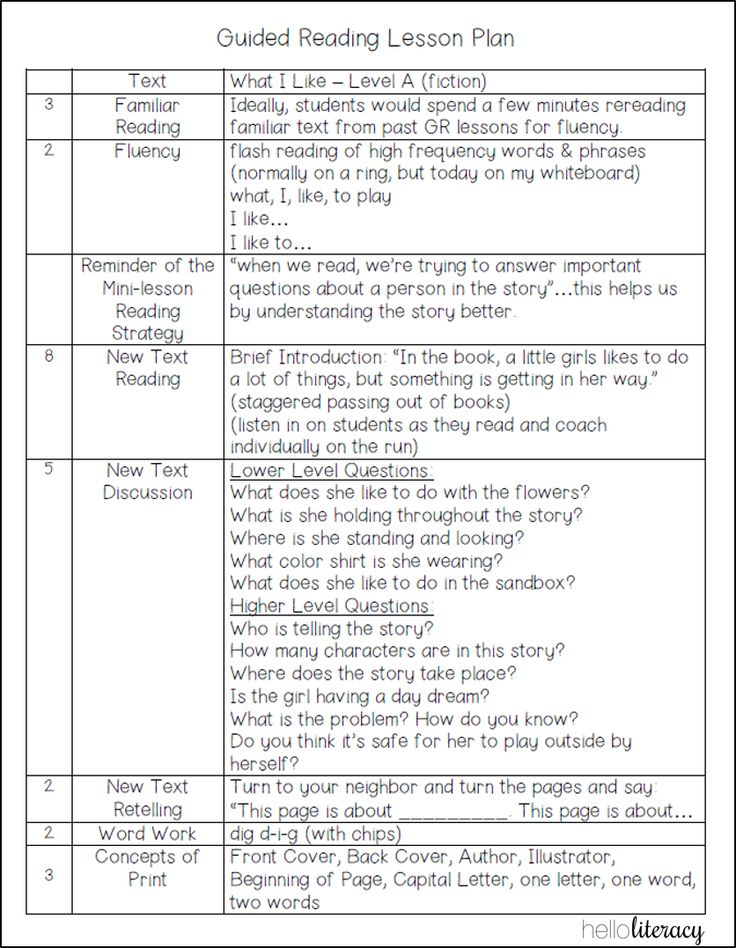
- in communicative UUD - the ability to organize and implement cooperation and cooperation with a teacher and peers, adequately convey information, display subject content.
The diagram shows groups of meta-subject results related to semantic reading.
3. Strategies for semantic reading
To work with the text at each stage, the reader chooses his own strategies. Learning strategies are a set of actions that a learner takes in order to facilitate learning, make it more effective, efficient, faster, more enjoyable, aim and bring learning activities closer to their own goals.0007
The term "reading strategies" was born at the dawn of psycholinguistics, and its appearance is associated with the work of Kenneth Goodman and Peter Kolers (70s). (slide 14) The most general definition of J. Bruner became fundamental for all subsequent works: “A strategy is a certain way of acquiring, storing and using information that serves to achieve certain goals in the sense that it should lead to certain results. ”
”
In case of success, the student remembers the ways of his actions, operations, resources used, transfers the strategy to other situations, makes it universal. The number of strategies and the frequency of their use are individual.
Strategy No. 1. Directed reading
Purpose: to form the ability to purposefully read the educational text. Ask questions and lead group discussions.
1. Update. Reception "Associative Bush": the teacher writes a keyword or title of the text, students express their associations one by one, the teacher writes down. The use of this technique allows you to update knowledge, motivate subsequent activities, activate the cognitive activity of students, set them up for work.
2. Pupils silently read a short text or part of a text, stopping at the indicated places.
3. The teacher asks a problematic question on what has been read.
4. The answers of several students are discussed in class.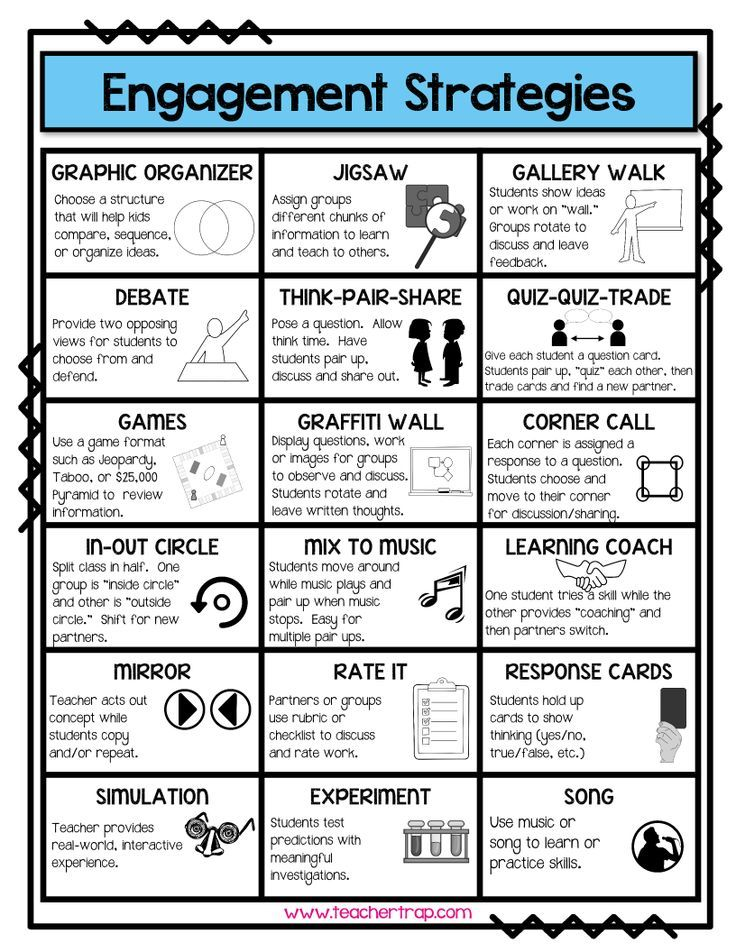
5. The students make an assumption about the further development of the event.
Strategy #2. Reading in pairs - generalization in pairs
Purpose: to form the ability to highlight the main thing, summarize what was read in the form of a thesis, ask problematic questions.
1. The students silently read the text or part of the text chosen by the teacher.
2. The teacher puts the students in pairs and gives clear instructions. Each student alternately performs two roles: speaker - reads and summarizes the content in the form of one thesis; the respondent listens to the speaker and asks him two substantive questions. Next comes the role reversal.
3. The teacher invites all students to the discussion.
Strategy No. 3. Reading and asking
Purpose: to form the ability to work independently with printed information, formulate questions, work in pairs.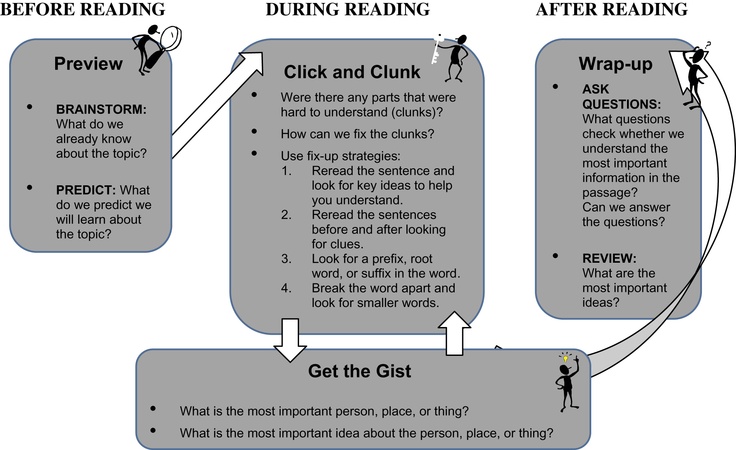
1. Students silently read the proposed text or part of the text chosen by the teacher.
2. The students work in pairs and discuss which key words should be highlighted in the reading. (Which words appear most often in the text? How many times? Which words are in bold? Why?
If you read the text aloud, how would you make it clear that this sentence is the main one? It is about highlighting the phrase voice, which hides an unobtrusive but reliable memorization.)
3. One of the students formulates a question using key words, the other answers it.
4. Discuss key words, questions and answers in class. Correction.
Strategy No. 4. Double entry diary
Goal: to form the ability to ask questions while reading, critically evaluate information, compare what is read with one's own experience.
1. The teacher instructs the students to divide the notebook into two parts.
2.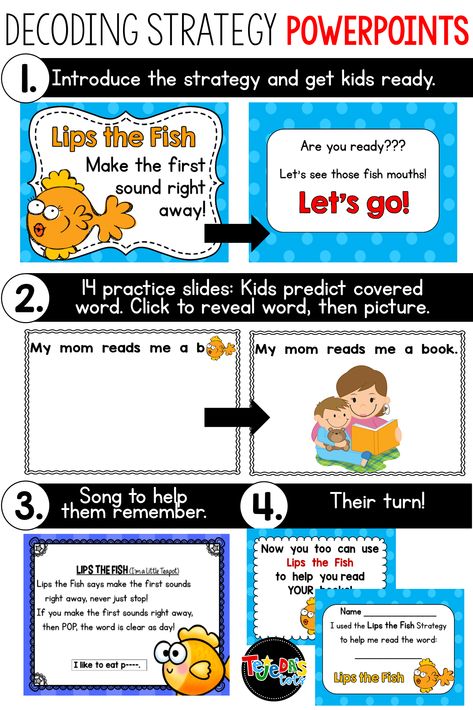 In the process of reading, students should write down on the left side the moments that struck, surprised, reminded of some facts, caused any associations; on the right - write a concise commentary: why this particular moment surprised you, what associations it caused, what thoughts it prompted.
In the process of reading, students should write down on the left side the moments that struck, surprised, reminded of some facts, caused any associations; on the right - write a concise commentary: why this particular moment surprised you, what associations it caused, what thoughts it prompted.
Strategy No. 5. Reading with notes
Purpose: to form the ability to read thoughtfully, evaluate information, formulate the author's thoughts in your own words.
The teacher gives the students the task to write information in the margins with icons according to the following algorithm:
- V Familiar information
- + New information
- - I thought (thought) otherwise
- ? This interested me (surprised), I want to know more
The essence of semantic reading strategies is that the strategy is related to choice, functions automatically at the unconscious level and is formed in the course of the development of cognitive activity. Teaching reading strategies includes the acquisition of skills:
Teaching reading strategies includes the acquisition of skills:
- Distinguishing types of message content - facts, opinions, judgments, evaluations;
- recognition of the hierarchy of meanings within the text - the main idea, theme and its components;
- own understanding - the process of reflective perception of the cultural meaning of information.
Mastering strategies occurs mainly in groups or pairs, which allows students to develop not only speech, but also communicative competence.
4. Techniques for teaching the strategy of semantic reading and working with text
The strategy of semantic reading provides understanding of the text by mastering the techniques of mastering it at the stages before reading, during reading and after reading. Working with any text involves three stages: pre-text activity, text and post-text activity
Stage 1. Work with text before reading.
1. Anticipation (anticipation, anticipation of the upcoming reading).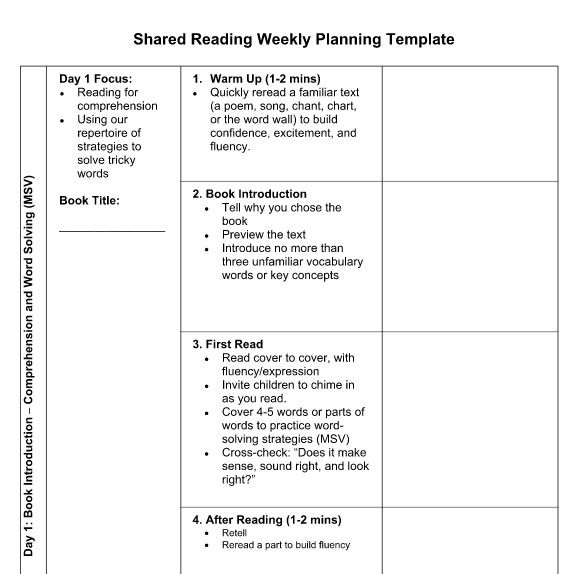 Determining the semantic, thematic, emotional orientation of the text, highlighting its heroes by the title of the work, the name of the author, key words, illustrations preceding the text based on the reader's experience.
Determining the semantic, thematic, emotional orientation of the text, highlighting its heroes by the title of the work, the name of the author, key words, illustrations preceding the text based on the reader's experience.
2. Setting the objectives of the lesson, taking into account the general (educational, motivational, emotional, psychological) readiness of students for work.
Purpose of stage 1: development of the most important reading skill, anticipation, that is, the ability to guess, predict the content of the text by title, author's name, illustration.
Techniques of pre-text activity:
If earlier, according to the traditional method, only one task “Read the text” was given at the stage of pre-reading the text, and the main attention was paid to control of reading comprehension, now we know that the better organized the stage of pre-reading, the easier it is for the student to read the text and the higher the result achieved by him.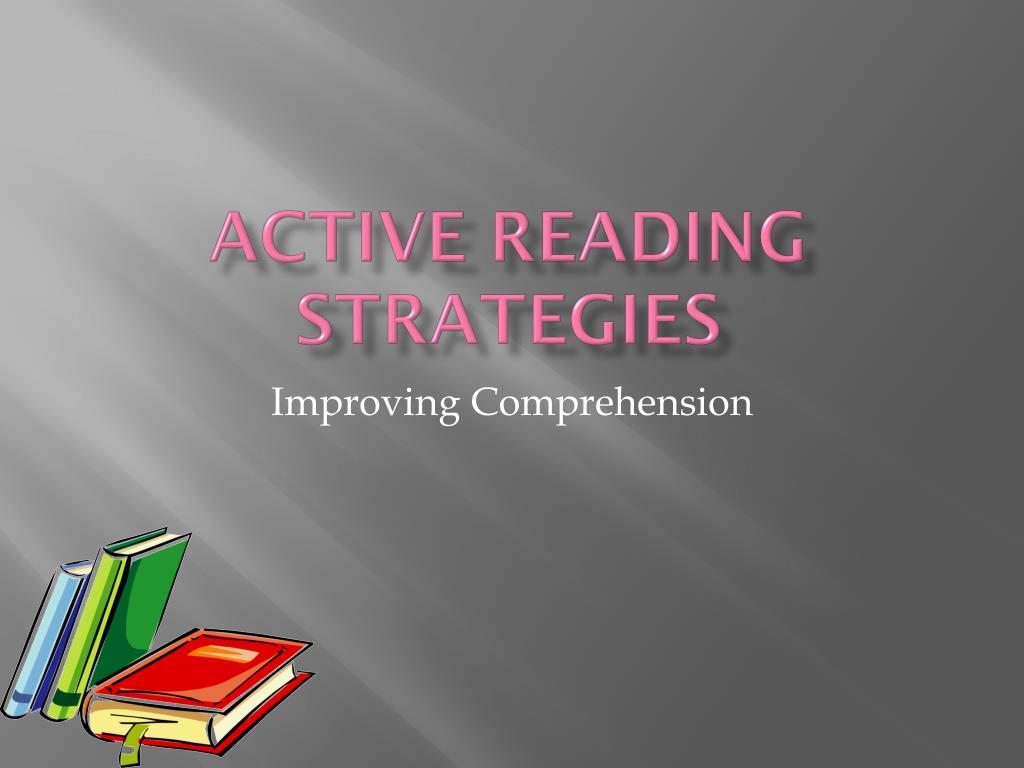
Pre-text orienting techniques are aimed at staging reading and, consequently, at choosing the type of reading, updating previous knowledge and experience, concepts and vocabulary of the text, as well as creating motivation for reading.
Most common techniques:
- Brainstorming
- Glossary
- "Landmarks of anticipation"
- Preliminary Questions
- "Dissection questions".
Brainstorming, headline prediction.
The goal is to update previous knowledge and experience related to the topic of the text.
The question is asked: what associations do you have about the stated topic?
Associations are written on the board.
The teacher can add various information.
Reading text. Comparison of information with that learned from the text.
"Glossary"
The purpose of is to update and repeat the vocabulary related to the topic of the text.
The teacher says the name of the text, gives a list of words and suggests marking those that may be related to the text.
Having finished reading the text, they return to these words (this will be a post-text strategy) and look at the meaning and use of the words used in the text.
"Landmarks of anticipation"
The purpose of is to update previous knowledge and experience related to the topic of the text. Students are given judgments. They should mark the ones they agree with. After reading, they mark them again. If the answer has changed, then the students explain why this happened (post-text strategy)
“Dissections of the Question”
The goal of is a semantic guess about the possible content of the text based on the analysis of its title. It is proposed to read the title of the text and divide it into semantic groups. What do you think the text will be about?
"Preparatory questions"
The purpose of is to update existing knowledge on the topic of the text.
Detailed reception algorithm:
1. Scan the text quickly. (Review reading.)
2. Answer the question asked in the title of the text.
Stage 2. Working with text while reading.
Purpose of stage 2: understanding of the text and creation of its reader's interpretation (interpretation, evaluation).
1. Primary reading of the text. Independent reading in the classroom or reading-listening, or combined reading (at the choice of the teacher) in accordance with the characteristics of the text, age and individual abilities of students. Identification of primary perception (with the help of a conversation, fixing primary impressions, related arts - at the teacher's choice).
2. Rereading the text. Slow "thoughtful" repeated reading (of the entire text or its individual fragments). Text analysis. Statement of a clarifying question for each semantic part.
3. Conversation on the content of the text. Summary of what has been read. Identification of the hidden meaning of the work, if any. Statement of generalizing questions to the text, both by the teacher and by the children. Appeal (if necessary) to individual fragments of the text.
Identification of the hidden meaning of the work, if any. Statement of generalizing questions to the text, both by the teacher and by the children. Appeal (if necessary) to individual fragments of the text.
Text activities include:
- Read aloud
- "Reading to yourself with questions"
- Stop Reading
- "Reading to yourself with a mark"
"Reading aloud"
The goal is to check the understanding of the text read aloud .
1. Reading text paragraph by paragraph. The task is to read with understanding, the task of the listeners is to ask the reader questions to check whether he understands the text being read.
2. Listeners ask questions about the content of the text, the reader answers. If his answer is incorrect or inaccurate, the listeners correct him.
“Reading to yourself with questions”
The goal is to teach you to read the text thoughtfully by asking yourself increasingly difficult questions .
1. Reading the first paragraph. Questions are being asked.
2. Reading the second paragraph to yourself. Work in pairs. One student asks questions, the other answers.
3. Reading the third paragraph. They change roles. They ask questions and answer.
Stop Reading
Goals - managing the process of understanding the text while reading it.
Reading the text with stops during which questions are asked. Some of them are aimed at testing understanding, others - at predicting the content of the following passage.
“Reading to yourself with notes” (“Insert”)
The goal is to monitor the understanding of the text being read and its critical analysis . This strategy is most often used to work with complex scientific texts. It is used to stimulate more careful reading. Reading becomes an exciting journey.
1. Individual reading.
While reading, the student makes notes in the text:
- V – already knew;
- + - new;
- - thought differently;
- ? - I do not understand, there are questions.
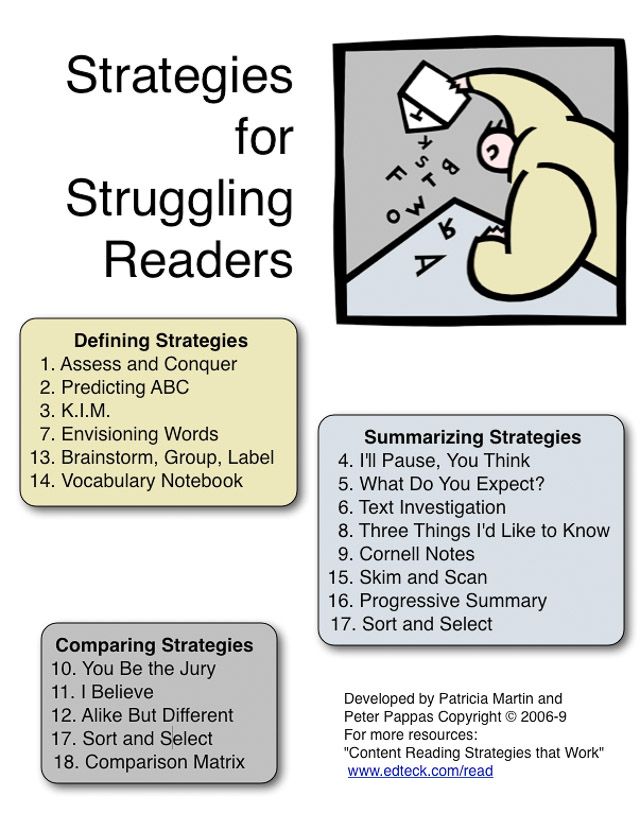
2. Reading, the second time, fill in the table, systematizing the material.
| Already knew (V) | Learned something new (+) | Thought otherwise (–) | Questions (?) |
Records - keywords, phrases. After completing the table, students will have a mini-outline. After the students fill in the table, we summarize the results of the work in the conversation mode. If the students have any questions, then I answer them, having previously found out if one of the students can answer the question that has arisen. This technique contributes to the development of the ability to classify, systematize incoming information, highlight the new.
“Creating a question plan”.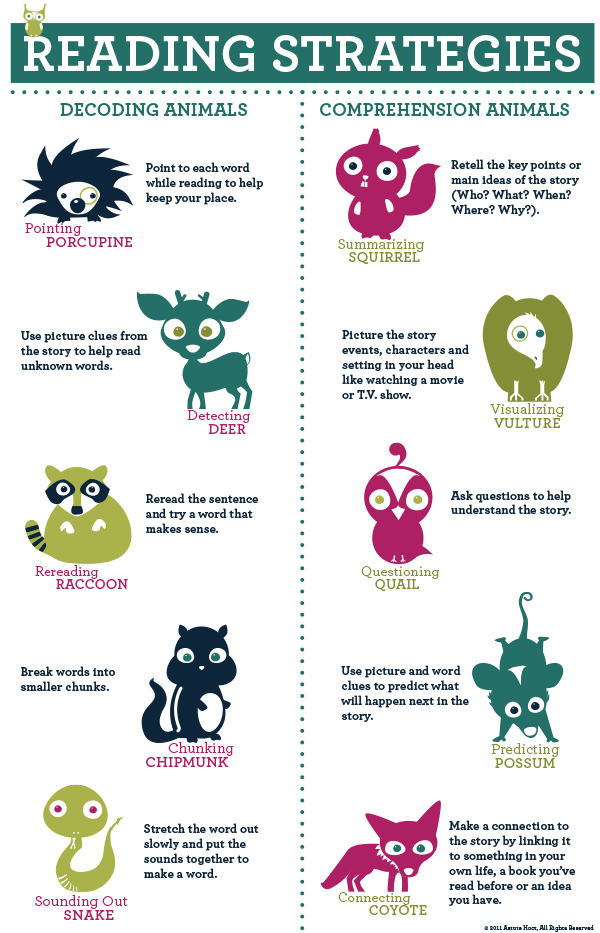
The student carries out a semantic grouping of the text, highlights the strong points, divides the text into semantic parts and titles each part with a key question
Stage 3. Working with text after reading .
Purpose: correction of the reader's interpretation in accordance with the author's intention
1. Conceptual (semantic) conversation on the text. Collective discussion of the read, discussion. Correlation of readers' interpretations (interpretations, evaluations) of the work with the author's position. Identification and formulation of the main idea of the text or the totality of its main meanings.
2. Acquaintance with the writer. Story about a writer. Talk about the personality of the writer. Working with textbook materials, additional sources.
3. Work with the title, illustrations. Discussing the meaning of the title. Referring students to ready-made illustrations.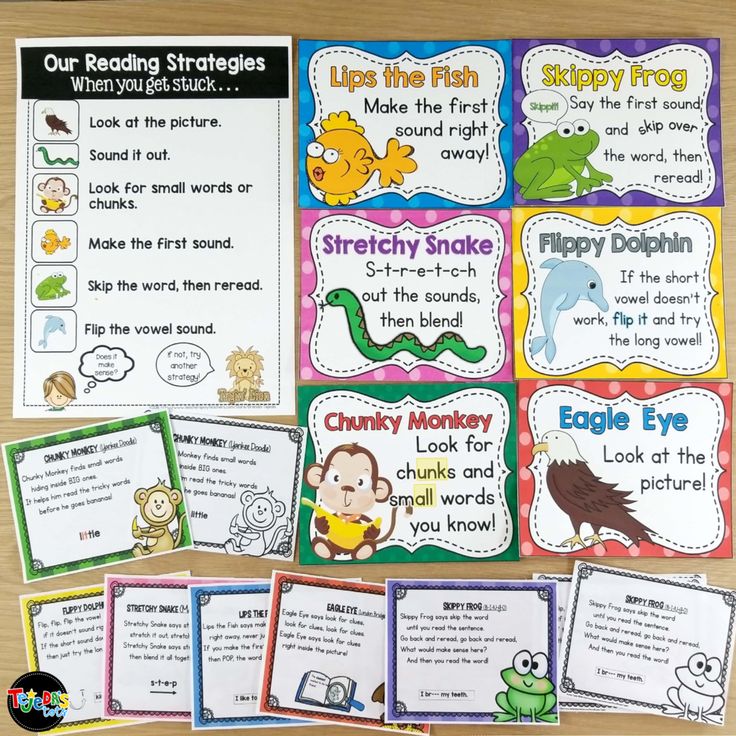 Correlation of the artist's vision with the reader's idea.
Correlation of the artist's vision with the reader's idea.
4. Creative tasks based on any area of students' reading activity (emotions, imagination, comprehension of content, artistic
Techniques for post-text activities.
- "Relationship between question and answer"
- "Time out"
- "Checklist"
- "Questions after the text"
"Relationship between question and answer"
The goal is to teach understanding of the text . One of the most effective post-text techniques. It differs from the rest in that it teaches the process of understanding the text, and does not control the result (understood - did not understand), shows the need to search for the location of the answer.
The answer to the question can be in the text or in the reader's word. If the answer is in the text, it can be in one sentence of the text or in several of its parts. To answer the question, you need to find the exact answer in one sentence of the text.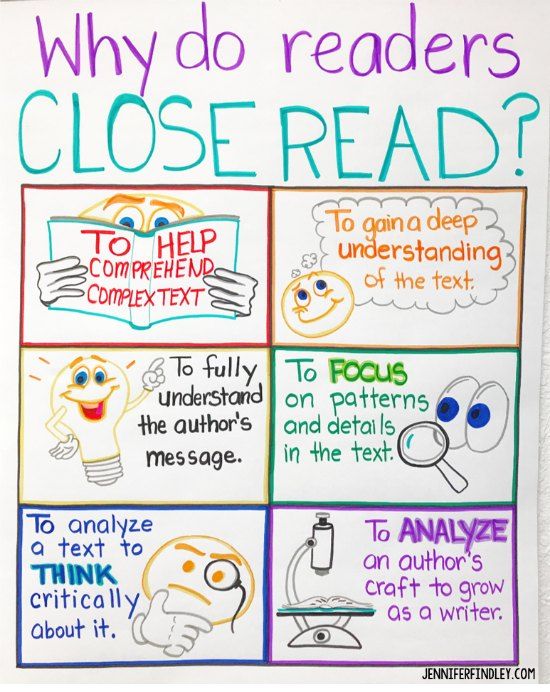 If it is contained in several parts of the text, such an answer must be formulated by connecting them.
If it is contained in several parts of the text, such an answer must be formulated by connecting them.
If the answer is in the reader's head, then in one case the reader constructs it by connecting what the author says between the lines or indirectly and how the reader interprets the author's words. In another case, the answer is outside the text and the reader is looking for it in his knowledge.
"Time out"
Objectives - self-test and assessment of understanding of the text by discussing it in pairs and in a group.
Reception implementation algorithm:
1. Reading the first part of the text. Work in pairs.
2. Ask each other clarifying questions. They answer them. If there is no confidence in the correctness of the answer, questions are submitted for discussion by the whole group after the completion of the work with the text.
Checklist
This strategy is quite flexible.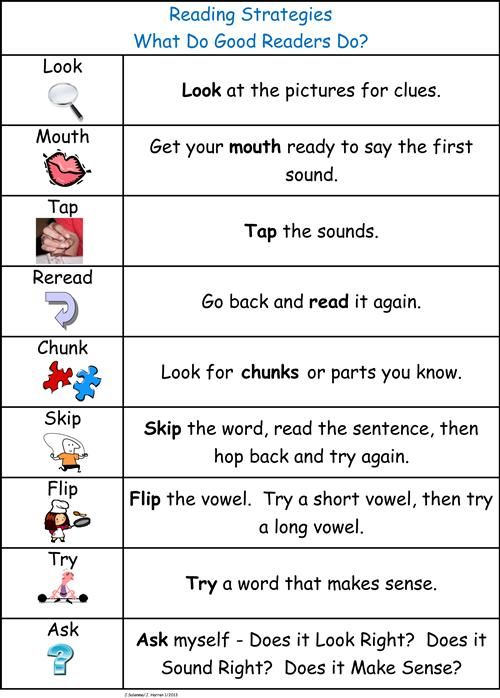 It lays down the conditions for the qualitative performance of any task. The “checklist” is compiled by the teacher for students at the first stages of applying the strategy.
It lays down the conditions for the qualitative performance of any task. The “checklist” is compiled by the teacher for students at the first stages of applying the strategy.
Checklist "Brief retelling":
1. The main idea of the text is named. (Yes / No.)
2. The main thoughts of the text and the main details are named. (Yes/No.)
3. There is a logical and semantic structure of the text. (Yes/No.)
4. There are necessary means of communication that unite the main ideas of the text. (Yes/No.)
5. The content is presented in one's own words (language means) while preserving the lexical units of the author's text. (Yes/No.)
“Questions after the text”
The classification of questions, known as the “Taxonomy of questions”, involves a balance between groups of questions to:
- the factual information of the text, presented verbally;
- subtext information hidden between lines, in subtext;
- conceptual information, often outside the text.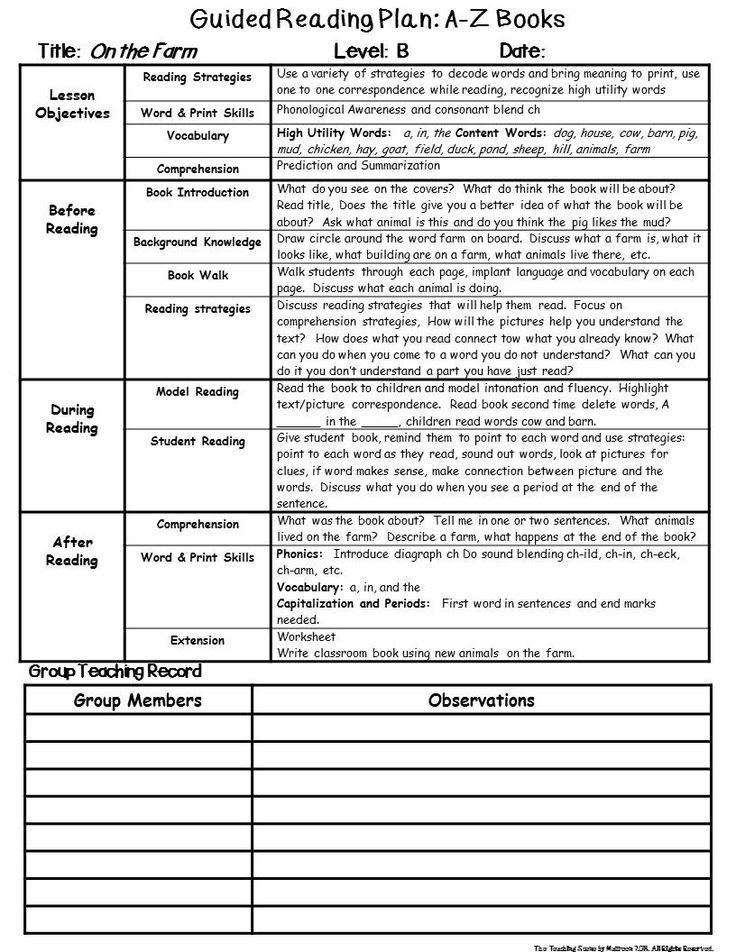
These three groups of questions are now being supplemented by a fourth one - a group of evaluative, reflective questions related to the critical analysis of the text.
"Thin" and "thick" questions
After studying the topic, students are asked to formulate three "thin" and three "thick" questions related to the material covered. They then quiz each other using tables of "thick" and "thin" questions.
| Thick questions | Subtle questions |
| Explain why….? | Who..? What…? When…? |
- Read the text.

- What words occur most often in the text? How many times?
- Which words are in bold? Why?
- If you were to read the text aloud, how would you make it clear that this sentence is the main one?
- Noun (subject).
- Two adjectives (description)
- Three verbs (action).
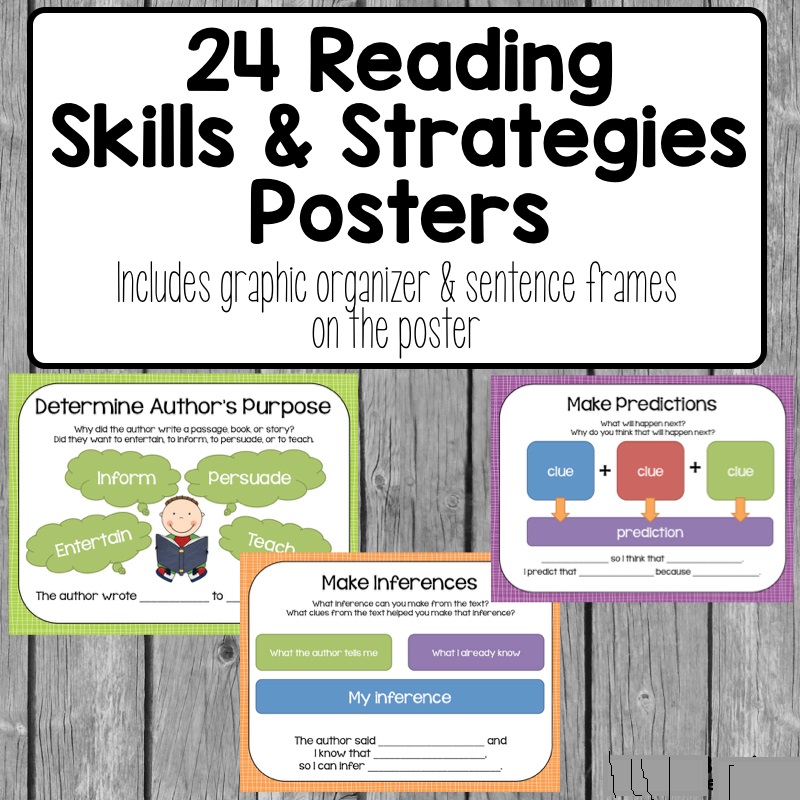
- Four-word phrase (description).
- Noun (paraphrasing of the topic).
- How many paragraphs of the text?
- Pay attention to the words in thinned and bold type.
- Write out keywords.
- Coordinating conjunctions
- Intonation
- general minor member
- Explanatory words
- Comma
- Semicolon
- Dash
- No comma
- Reading 1 paragraph.
- We ask questions to the reader, he answers them.
- Reading in pairs to yourself 2 paragraphs, one student asks a question - the other answers.
- Reading 3, 4 paragraphs - students change roles.
- Give an example of a compound sentence, give a description according to the plan, draw up a diagram;
- make a mind map.
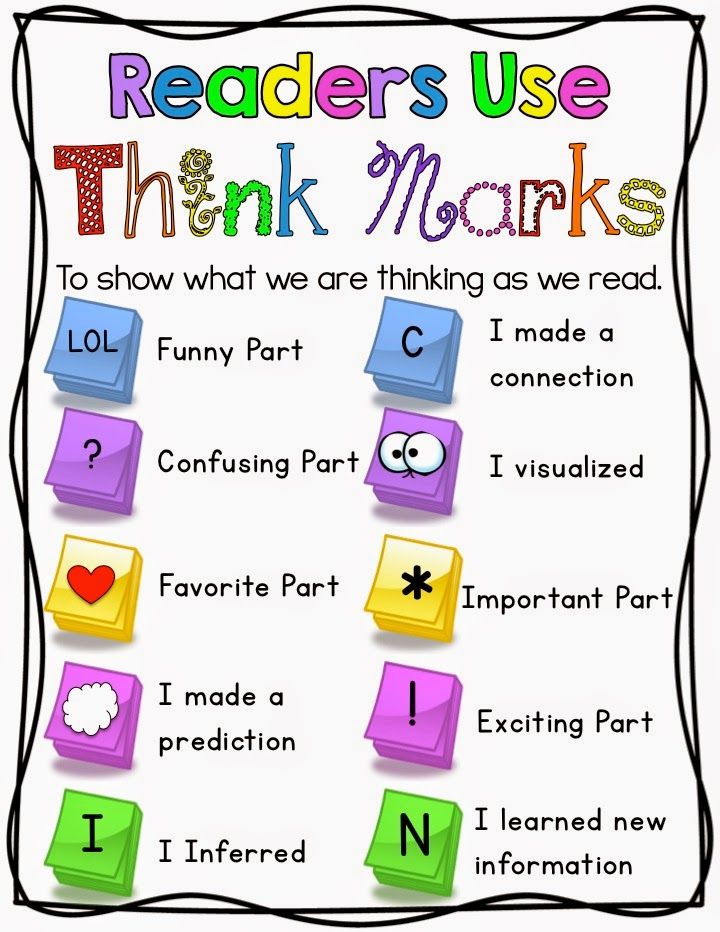
Question Tree
Crown - what? where? when? Barrel - why? How? Could you? Roots - how to relate the text to life? With current events? What is the author trying to show?
"Bloom's Cube" (Benjamin Bloom is a famous American teacher, author of many pedagogical strategies = technician).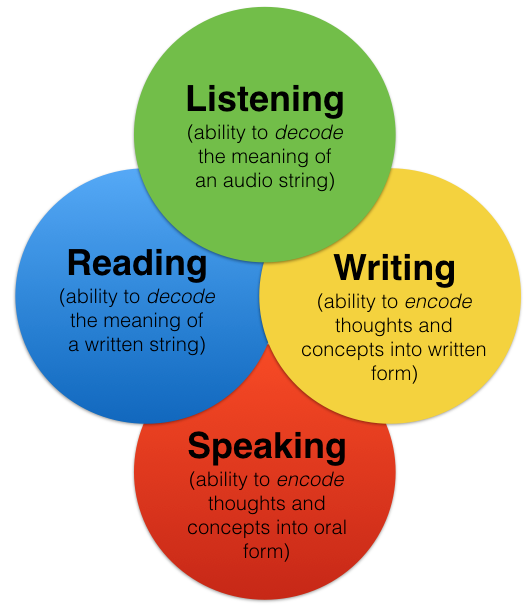
The beginnings of the questions are written on the sides of the cube: “Why?”, “Explain”, “Name”, “Suggest”, “Think up”, “Share”. The teacher or student rolls the die.
It is necessary to formulate a question to the educational material on the side on which the cube fell.
The “Name” question is aimed at the level of reproduction, that is, at the simple reproduction of knowledge.
The question "Why" - the student in this case must find cause-and-effect relationships, describe the processes that occur with a particular object or phenomenon.
"Explain" question - the student uses concepts and principles in new situations.
Question Tree
Options for working with text.
"Questions to the text of the textbook"
The strategy allows you to form the ability to work independently with printed information, formulate questions, work in pairs.
We are talking about highlighting a phrase with your voice. Here lies an unobtrusive but reliable memorization.
Cluster
I use clusters for structuring and systematizing material. A cluster is a way of graphic organization of educational material, the essence of which is that in the middle of the sheet the main word (idea, topic) is written or sketched, and ideas (words, pictures) associated with it are fixed on the sides of it.
"Keywords"
These are words that can be used to compose a story or definitions of some concept.
"True and False Statements"
has a universal device, which contributes to the actualization of students' knowledge and the activation of mental activity.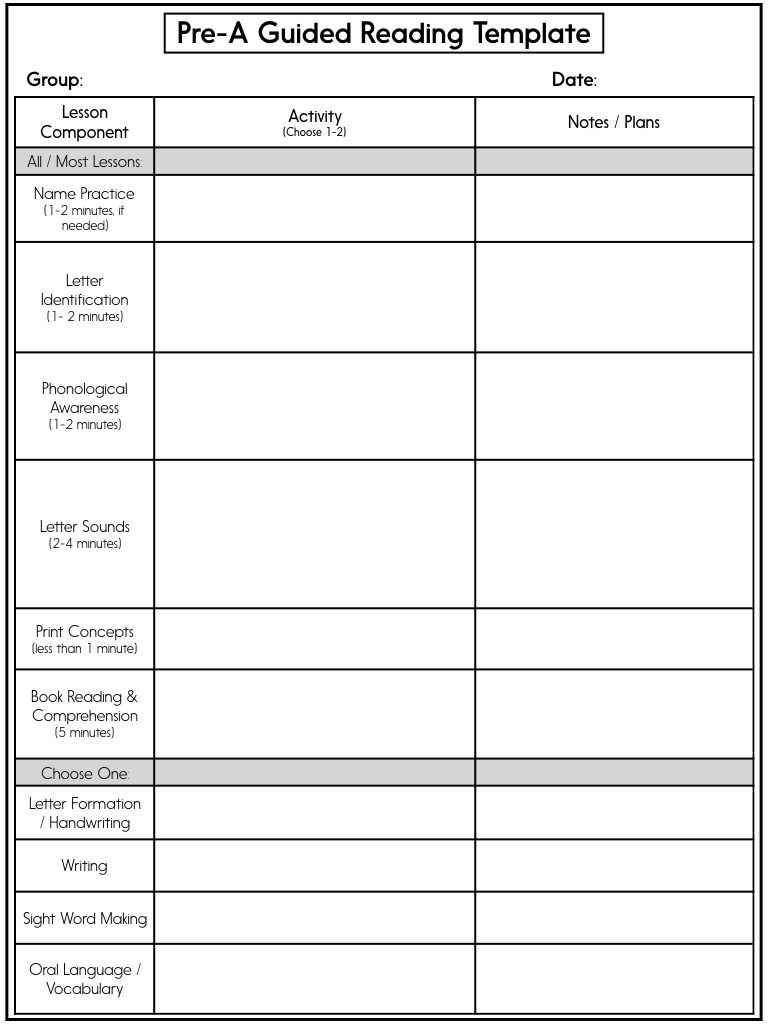 This technique makes it possible to quickly include children in mental activity and it is logical to proceed to the study of the topic of the lesson. Reception forms the ability to assess the situation or facts, the ability to analyze information, the ability to reflect one's opinion. Children are invited to express their attitude to a number of statements according to the rule: true - "+", not true - "-".
This technique makes it possible to quickly include children in mental activity and it is logical to proceed to the study of the topic of the lesson. Reception forms the ability to assess the situation or facts, the ability to analyze information, the ability to reflect one's opinion. Children are invited to express their attitude to a number of statements according to the rule: true - "+", not true - "-".
"Do you believe..."
It is carried out in order to arouse interest in the study of the topic and create a positive motivation for independent study of the text on this topic.
Conducted at the beginning of the lesson, after the announcement of the topic.
Sincwine
Develops the ability of students to highlight key concepts in the reading, the main ideas, synthesize the knowledge gained and show creativity.
Sinkwine structure:
"Mental maps" (graphic technique for organizing text),
Mind Mapping is a mind visualization technique. The applications of mental maps are very diverse - for example, they can be used to fix, understand and remember the content of a book or text, generate and write down ideas, understand a new topic for yourself, prepare for making a decision.
In the center of a landscape sheet, one word indicates the subject, which is enclosed in a closed outline. Branches are drawn from it, on which keywords are located. Sub-branches are added to branches until the topic is exhausted.
Mind maps activate memory. Lists, solid text, trees, and diagrams are the same. Mind maps, on the other hand, use every possible means to activate perception through diversity: different line weights, different colors of branches, precisely chosen keywords that are personally meaningful to you, the use of images and symbols.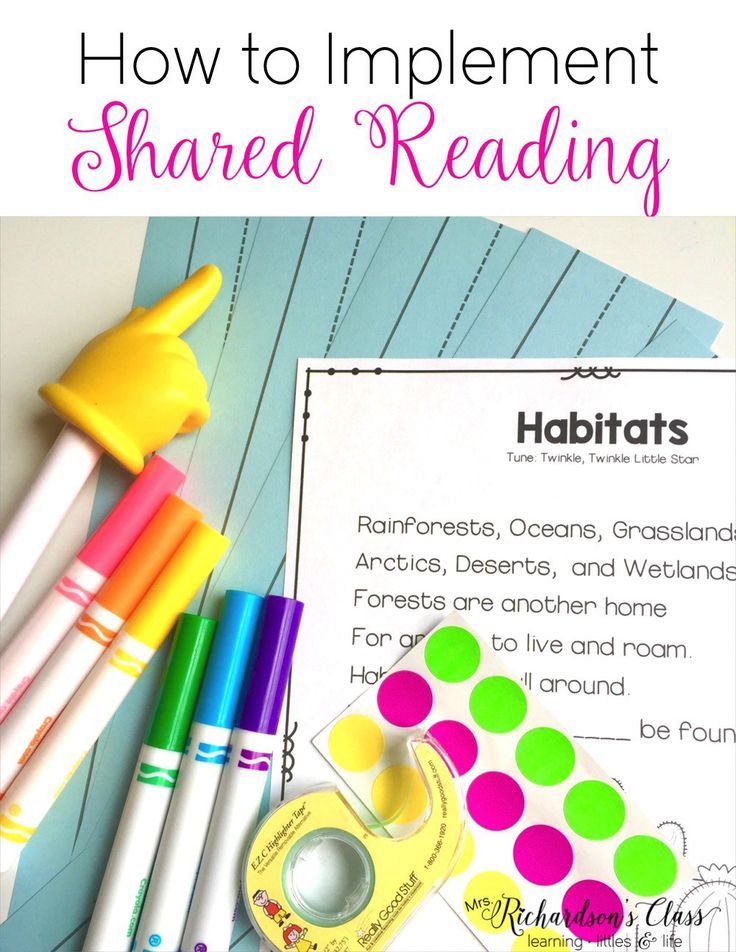 The technique of mental maps helps not only to organize and organize information, but also to better perceive, understand, remember and associate it.
The technique of mental maps helps not only to organize and organize information, but also to better perceive, understand, remember and associate it.
5. Diagnosis of educational outcomes using semantic reading techniques
The network project "Techniques of Semantic Reading" [1] describes the model of V.V. Pikan, in which all cognitive levels are illustrated by exemplary examples of key questions and tasks that make it possible to diagnose the quality of mastering knowledge and ways of students' activities. Each of the cognitive levels (knowledge, understanding, application, generalization and systematization, value attitude) is assigned the number of points received for completing the tasks of the mastered level. The table below shows examples of questions and tasks, assessment criteria.
| Cognitive levels and assessment criteria | Examples of key questions and tasks (beginning of formulations) |
| Knowledge - 1 point | Name. |
| Comprehension - 2 points | As you understand... Explain the relationship. Why ... Connect in semantic pairs .... Show on the graph... |
| Application - according to sample 3 b. | Make an offer…. Identify Traits character…. Apply the appropriate rule.... Compare…. Draw conclusions.... Present your point of view... |
| Generalization and systematization | Make a summary…. Make a table. |
| Value attitude - 2-10 b. | What does it matter…. What do you think…. Do you like…. |
6. Implementation of semantic reading technology techniques
1. Work with text before reading. Reception dissection question.
It is proposed to read the title of the paragraph "Compound sentence", the title of the scientific style text, and divide it into semantic groups; answer the question: what do you think the text will be about?
2. Working with text while reading.
Primary reading . Review reading or introductory reading:
1. Compound
2. Communication
3.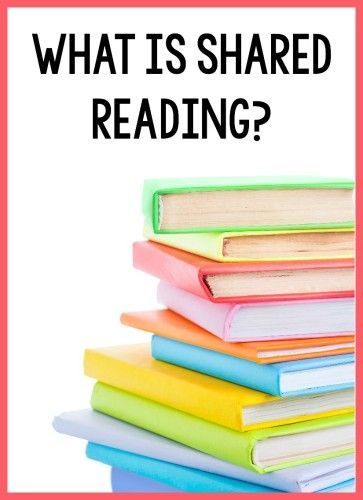 Additional communications
Additional communications
4. Punctuation marks
Learning reading . Rereading text
3. Work with the text after reading.
Work in groups: 1 group, using keywords, makes up a story about a compound sentence; Group 2, based on the plan for syntactic analysis of a simple sentence, draws up a plan for characterizing a complex sentence.
General job:
Fig.1. Mind map "Compound sentence" of a 9th grade student Samara D.
7. Conclusion
Semantic reading forms cognitive interest, the ability to compare facts and draw conclusions, activates the imagination, develops speech, thinking, and also teaches how to work with information. The active implementation of semantic reading strategies, technologies by all teachers of various academic disciplines will make our graduates full members of the new information society.
References and references
- Project "Techniques of semantic reading" Auth. Dozmorova E.V., Director of the Center for Innovations in Education, FPC and PC TSPU, Ph.D. - https://www.planeta.tspu.ru/files/file/doc/1464065663.pdf
- Federal State Educational Standard for Primary General Education // http://standart.edu.ru/catalog.aspx?CatalogId=959.
- Variable learning technology / under.
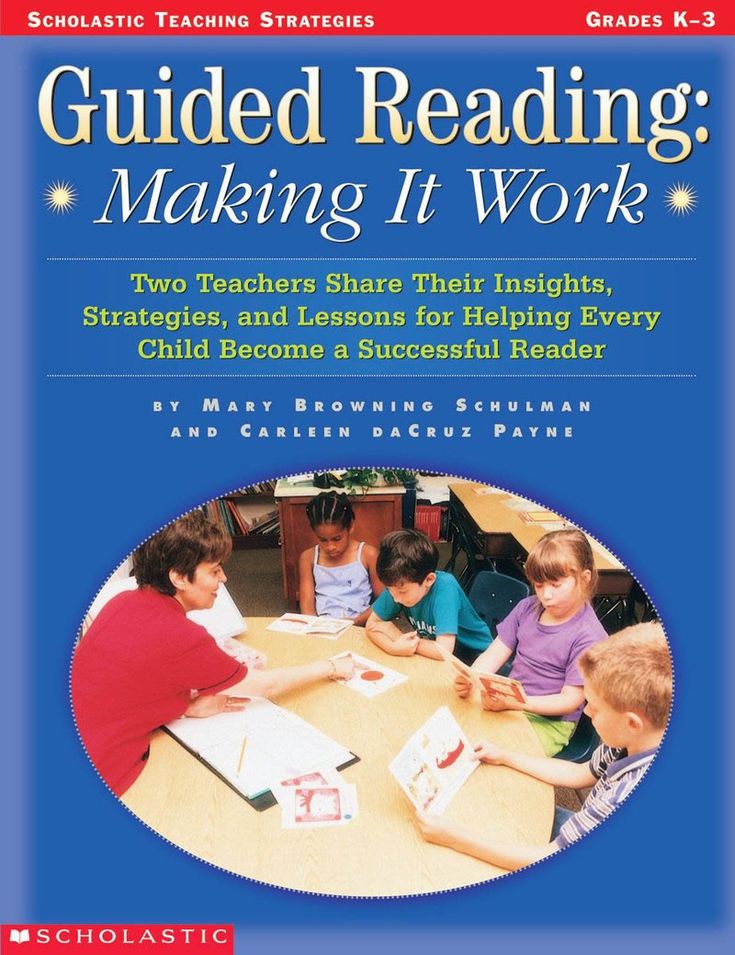 ed. Pikan V.V. / Teaching aid.: UTs Perspektiva, 2008
ed. Pikan V.V. / Teaching aid.: UTs Perspektiva, 2008 - Dozmorova E.V. Development of creative thinking of students in mathematics lessons. Methodological guide for teachers of mathematics - Tomsk 2008.
- Rozhdestvenskaya L., Logvina I. Formation of functional reading skills. A guide for the teacher. – https://slovesnic.ru/attachments/article/303/frrozhdest.pdf
- Fisenko T.I. Development of semantic reading skills when working with various texts in classes in grades 5–11 - https://www.kreativ-didaktika.ru/bailainer-obuchenie/didakticheskii-tramplin/razvitie-navykov-smyslovogo-chtenija.html
- Sapa A.V. Formation of the foundations of semantic reading within the framework of the implementation of the Federal State Educational Standard of basic general education.
Semantic reading strategies
The problem of teaching reading is one of the main issues facing pedagogy. According to experts, the current situation in Russia can be defined as a systemic crisis in the reader's culture.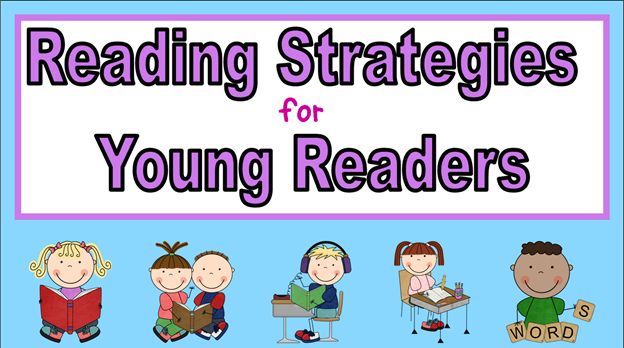
Today, reading, along with writing and computer skills, is one of the basic skills that make it possible to work productively and communicate freely with different people. But it is not enough to teach a student to read, it is not enough to form and develop his reading technique skills, it is necessary to create such conditions that the student wants to read, gradually comprehending the complex forms of the text, so that his reading competence is formed and developed, and so that he becomes a person who owns the culture of reading.
Semantic reading includes the ability to comprehend the goals and objectives of reading, the ability to find and extract information from various texts, the ability to work with fiction, popular science, official texts, the ability to understand and adequately evaluate information from a text. To do this, it is not enough just to read the text, it is necessary to understand the content of the text as accurately and fully as possible, to catch all the details and practically comprehend the extracted information, which is the purpose of semantic reading.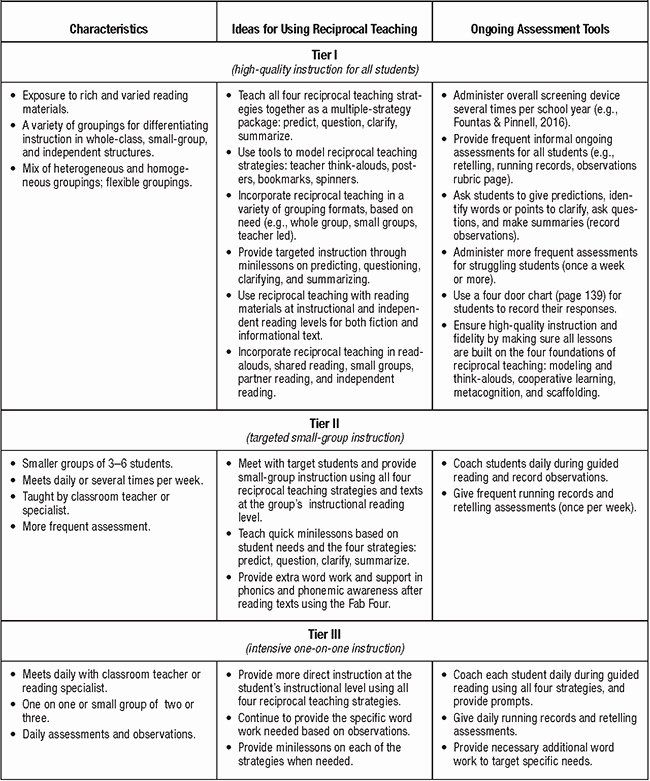 Semantic reading is a meta-subject result of mastering the educational program of basic general education.
Semantic reading is a meta-subject result of mastering the educational program of basic general education.
The current interdisciplinary curriculum, provided for by the new educational standards, is the program "Fundamentals of Semantic Reading", which has been tested in the MOU "Secondary School No. points on the Unified State Examination in Russian language and literature, etc.). The content of the program is based on the experience of students working with text in elementary school. In grades 5-6, education is based on scientific, journalistic and artistic texts.
Semantic reading, as a universal action, is formed through the use of the following technologies and forms of work by the teacher: technology of problem-based learning; interactive technologies; critical thinking technologies.
To work with text at each stage, the student must learn to choose their own strategies. Learning strategies are a set of actions that a learner takes to make learning easier and more effective.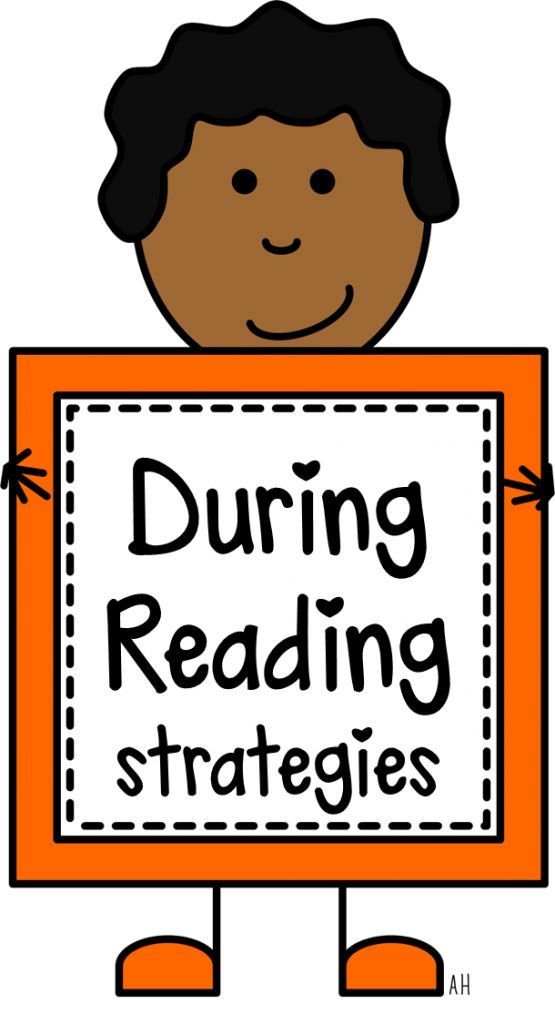
If successful, the student remembers the ways of his actions, operations, resources used, transfers the strategy to other situations, makes it universal. The number of strategies and the frequency of their use are individual.
All existing reading strategies can be divided into three groups: pre-text activity strategies; strategies for textual activity strategies for post-textual activity. The most important, in my opinion, are the pre-text tasks, the better this stage is organized, the easier it is for the student to read the text and the higher the result achieved.
Consider some of the strategies used on the example of A. Platonov's fairy tale "The Unknown Flower".
PRETEXT
1. Competing with a writer
The goal of strategy is to motivate people to read the book.
Task: Look at the illustrations and suggest your own version of the plot of the book.
2. Brainstorming
The goal of strategy is to update prior knowledge and experience relevant to the text.
Task: what associations do you have about the stated topic?
3. Battery of questions
The purpose of strategy is to recall important information related to the topic of the text.
- Who are the pioneers?
- What do the kids do at summer camp?
- What does it take for a plant to grow? Etc.
4. "Dissection of the Question"
The goal of the strategy is a semantic guess about the possible content of the text based on the analysis of its title.
Task: read the title of the text and divide it into semantic parts. What do you think the text will be about?
TEXT
1.
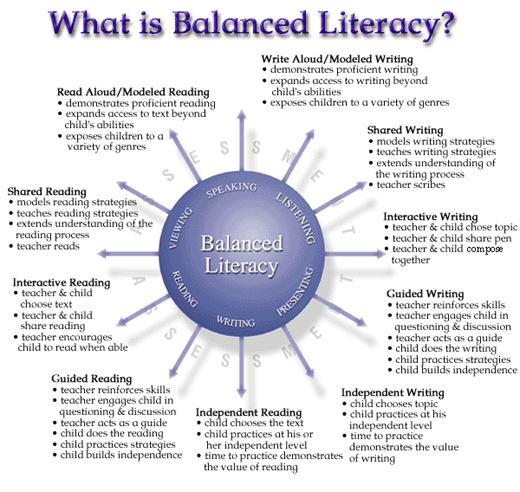 Stop reading
Stop reading - How did the flower appear in this wasteland? How did he fight hard and not die?
- Did she notice the flower? What do you think happened next?
There lived a small flower in the world. No one knew that he was on earth. He grew up alone in a wasteland; cows and goats did not go there, and the children from the pioneer camp never played there. Grass did not grow in the wasteland, but only old gray stones lay, and between them was dry, dead clay. Only one wind walked through the wasteland; like a grandfather-sower, the wind carried the seeds and sowed them everywhere - both in the black damp earth and on the bare stone wasteland. In the black good earth, flowers and herbs were born from seeds, and in stone and clay, the seeds died. STOP.
And then one morning the girl Dasha was walking past that wasteland. She lived with her friends in a pioneer camp, and this morning she woke up and missed her mother. She wrote a letter to her mother and took the letter to the station so that it would reach her sooner. On the way, Dasha kissed the envelope with the letter and envied him that he would see his mother sooner than she did. STOP.
She wrote a letter to her mother and took the letter to the station so that it would reach her sooner. On the way, Dasha kissed the envelope with the letter and envied him that he would see his mother sooner than she did. STOP.
2. Reading to yourself with questions
The goal of the strategy is to teach the reader to read the text thoughtfully by asking increasingly difficult questions.
Task for the group: read the first paragraph and ask questions, the rest of the group must answer them.
3. Reading to yourself with notes
While reading the passage, the student makes notes in the text:
- V - already knew;
- + - new;
- - - thought otherwise;
- ? - I do not understand, there are questions.
4. Reading (alternate aloud)
Our task is to read with understanding, the task of the listeners is to ask the reader questions to check whether he understands the text being read.
POST-TEXT
1. Riddles (content check)
The goal of this strategy is to test the reader's knowledge of the text of the work.
- Did the unknown flower smell?
- When did the flower open its corolla: at the beginning, middle or end of summer?
2. Quotes (who said?)
The purpose of strategy is to draw attention to the linguistic features of the text that characterize the character.
Quest: Match the hero's name with the quote from the book.
| 1. Maybe this flower misses her mother there, like me 2. Nobody calls me | 1. Flower 2. Dasha |
3.
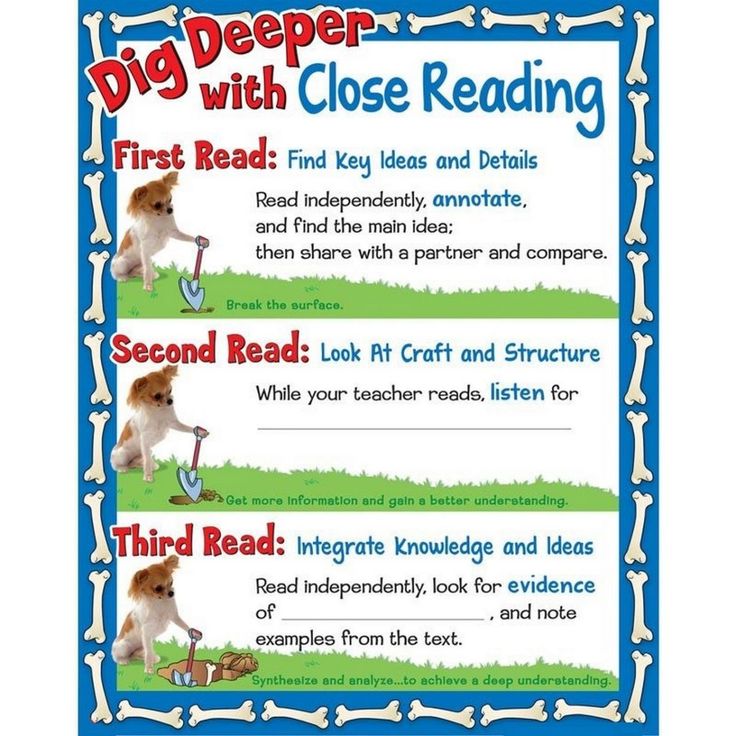 Traits of character
Traits of character The goal of strategy is to teach text interpretation.
Quest: mark the traits that the hero of the book possesses.
| hardworking | reasonable |
4. Review, feedback on the text
Plan.
- Where and when events take place.
- Theme and main idea of the work.
- Highlight the places in the work that made the greatest impression.
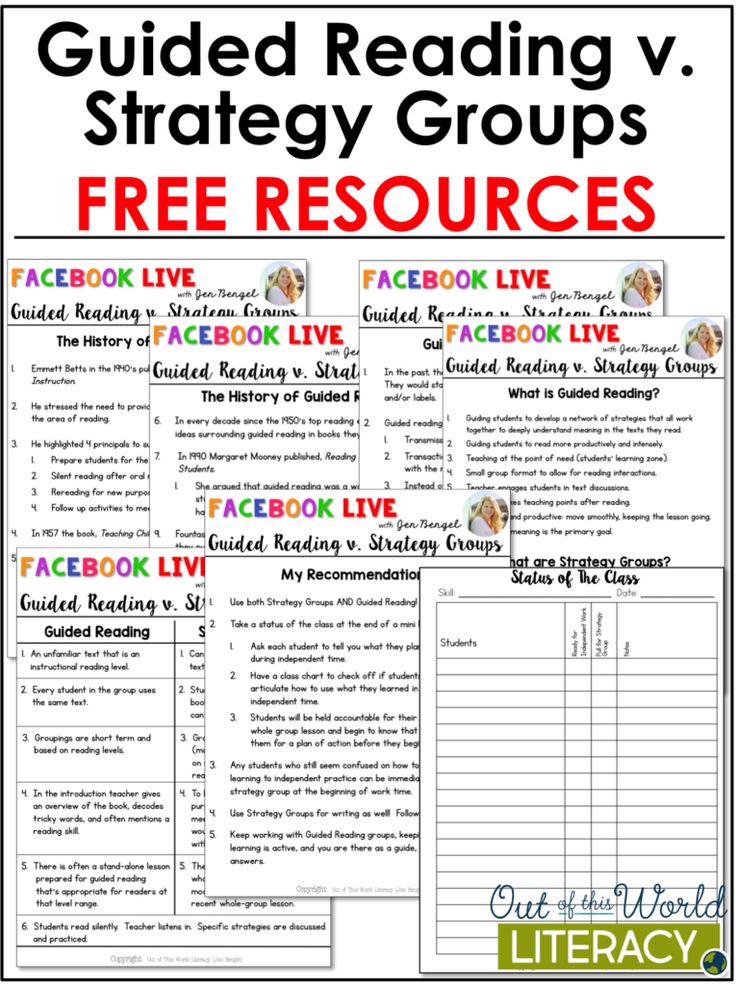
- Characteristics of heroes.
- The language of the work.
- Opinion and its rationale.
5. Cinquain (five-line)
The goal of this strategy is to show one's attitude to the text.
1. Topic (word, concept)
FLOWER
2. Two adjectives showing relation to the topic
BEAUTIFUL, STRONG
3. Three verbs
BREAKING, FLOWERING, REBIRTHING
4. A four-word sentence
TOMORROW WILL BE A NEW LIFE
5. Synonym for the concept or emotional attitude to the topic
FIGHTER
In conclusion, I would like to emphasize that semantic reading forms cognitive interest, activates the imagination, develops speech, thinking, and also teaches how to work with information.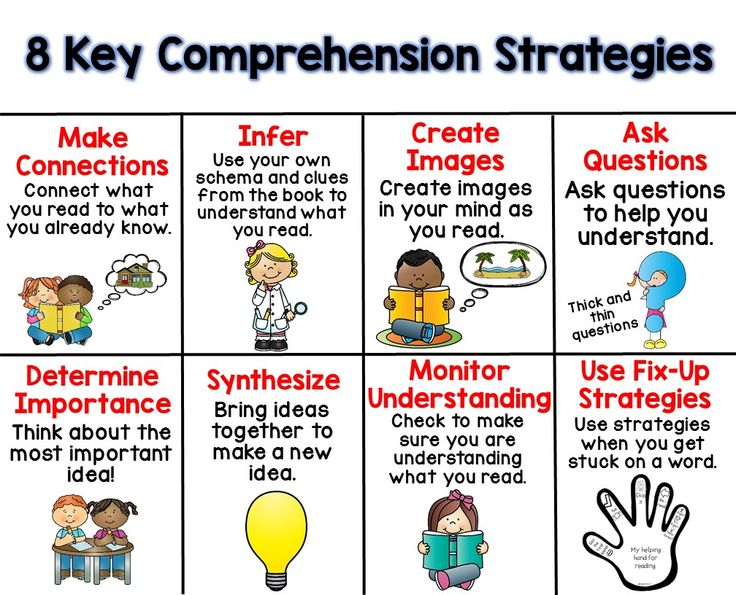

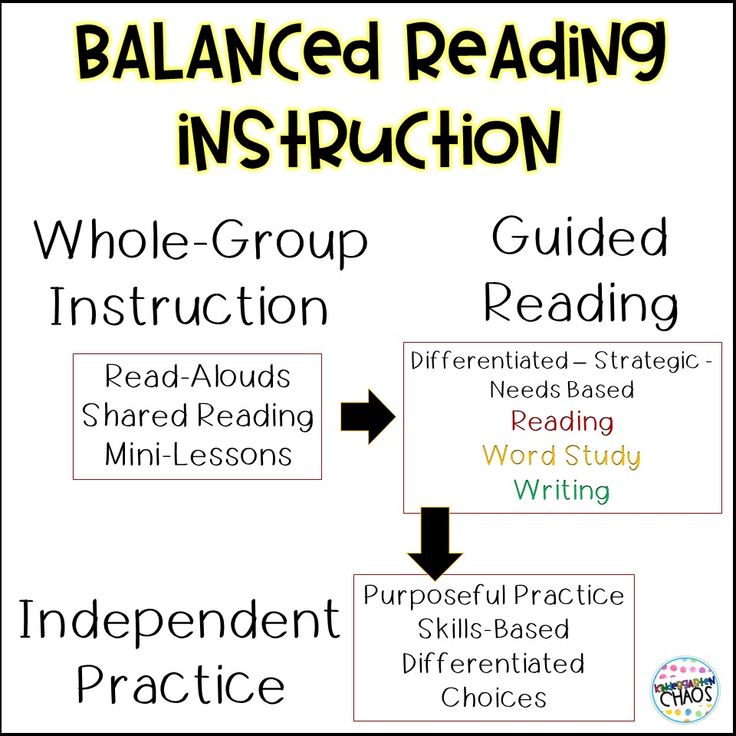 .., Define..., Formulate... . Retell ... List .... Choose the correct answer…. Complete the word…. Show…, Find out...etc.
.., Define..., Formulate... . Retell ... List .... Choose the correct answer…. Complete the word…. Show…, Find out...etc. 

